Otto Linton passed away on January 3, and we have lost one of the true pioneers of sports car racing in America. He was born in Vienna, Austria on May 12, 1917. He studied engineering at the University of Vienna and immigrated to the United States in 1938. During the Second World War he worked as an engineer and machinist converting factories to war production in Philadelphia. As a youth he was attracted to cars and racing, and after he arrived in the US he was instrumental in the creation of post war racing, helping form the SCCA in the Philadelphia region.
Otto was a keen supporter of VeloceToday from the beginning, and over the years helped us on many stories, including his OSCA and experience with the ex-George Lymber BNC. Both Carl Goodwin and John Wright wrote about Linton’s racing experiences. For this article, we have taken excerpts from articles about Linton which previously appeared in VeloceToday, and in Carl Goodwin’s excellent book “They Started in MGs”.
Early Years
From The Saga of the Caswell Lymber BNC By Eric Davison
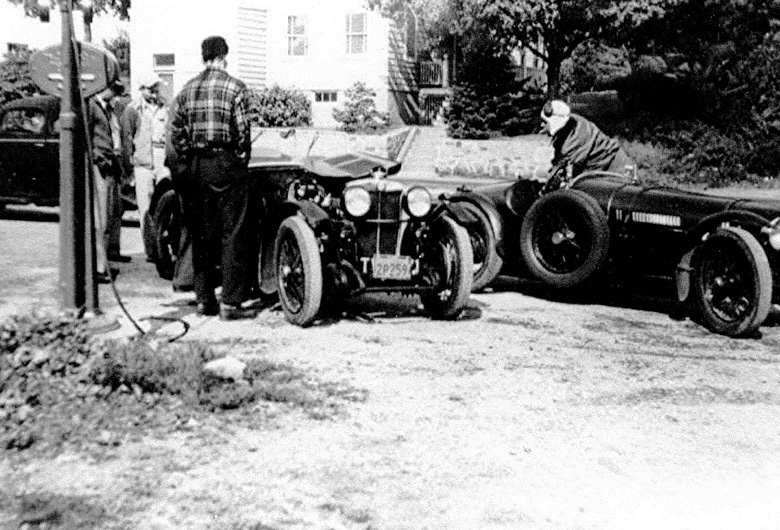
Otto Linton helped George Caswell with the BNC, but went on to buy an Amilcar and, sometime before 1948, a rare MG J4 which he raced at Watkins Glen that year. At left is Linton with the MG, standing behind the car. On the right, George Caswell in cloth helmet and the BNC.
Linton wanted to join the SCCA and one of the requirements for full membership was ownership of a car identified by the SCCA as a true sports car. He was in possession of a 1927 Duesenberg touring car. That was not a sports car. He located an Amilcar, acknowledged as a sports car, that was in need of an engine. “My 1927 Duesenberg touring did not qualify,” he recalled. George Caswell owned the BNC Linton was looking at, and Linton had to wait to find an Amilcar, which also needed an engine. In a letter to Tony Carroll dated October 2010, Linton describes The Amilcar as a very special racing C6, (six cylinder DOHC) which after a long period of time was then sold to Chris Leydon at Leydon Restorations. It was, recalls Linton, really his third Amilcar. However, Linton abandoned his Amilcar project and eventually purchased an MG J4, a nifty and rare supercharged model.
Watkins Glen
From a Talk with Otto Linton by John R. Wright
In 2005, I interviewed Linton at Watkins Glen. Linton, along with Denver Cornett, another early competitor, told to me about those early, post WWII days of sport scar racing which began at Watkins Glen. “It was a real road course, the greatest road course in the USA. It was all-natural. It was wonderful, we thought. When I think I did that course in 1948 in a car with mechanical brakes… (Otto shakes his head in disbelief). Briggs Cunningham was there of course, driving the BuMerc with a Buick engine and a Mercedes grill.”
“I raced on the second course in 1953 as well as on the original one in my two-liter Siata coupe. In 1951, I was driving a Siata with a 750cc Crosley Hotshot engine owned by Tony Pompeo. You know Tony always had a pocket full of money He sponsored a lot of cars and drivers way back then. My engine was built up and was much lighter. It was really fast and I was in first place. I was about to lap the entire class H field and was about to lap the second place man when he ran me off the road. He waved me on and then cut me off.”
The Siata 208CS
From They Started in MGs: Profiles of Sports Car Racers of the 1950s by Carl Goodwin
In 1952, Siata was building a beautiful new car with a 2-liter V-8 engine and 4-wheel independent suspension, and Otto ordered one. It was a 208CS coupe with a Stabilimenti Farina body and whale-tooth grille. “My 208 was the first one to come into the United States because I went to Torino to pick it up and have it shipped as personal belongings, arriving just a few days before the 1952 Glen where I had it entered.” His car, #114, never raced there. Like all the other cars it was stopped after the fatal accident that year. Then Linton drove at the 1953 Bridgehampton and Watkins Glen second course, handily waxing all of the Jag XK-120s and winning his race. “For some reason, they always put me in with the Jags,” Otto laments. The 208 was always driven to and from the races like a real sports car. That included most of the SAC races, earning a few 2nd places to Lunken’s Ferrari race car. Driving the 1953 McDill AFB race at Tampa, Fla., Linton took 2nd to Lunken and co-driver Chuck Hassan in the E-Modified class, with Linton driving the 6-hours solo.
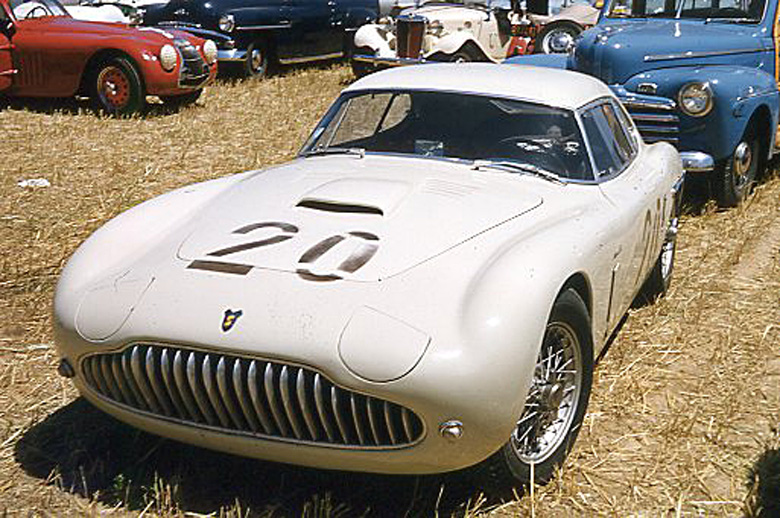
This photo taken at Bridgehampton, May 23, 1953 by Robert F. Pauley, is a truly nice shot of Otto Linton’s quite famous serial number CS060. A few months later in September Linton won his class at Watkins Glen, then sold the car in order to buy an OSCA.
The Linton OSCAS
The OSCA that captured Linton’s attention was the ex-Cabianca OSCA MT4, s/n 1114, which had an astounding track record and was offered to Linton by Al Garwaithe. Linton told VeloceToday correspondent John Wright that “.. In Pennsylvania, we had a good track called Bryn Fan Tyddyn. Now that course was just wonderful; it ran around a senator’s estate.”
“It was a perfect track for my OSCA, and (if I remember correctly) I won there three years in a row until the last year it was in operation. That was when John Edgar came out from California with his great big trailer with Jack McAfee’s 550 Porsche and a Ferrari. So, the 2 liter Ferrari and the Porsche were slightly faster than my 1342cc OSCA.”
Linton also trailered 1114 to Sebring in 1954, where he took a third in class behind Stirling Moss, who won the event overall in another OSCA. For the next three years, Linton campaigned his OSCA up and down the east coast, entering the old warrior in ten more events. The last competitive appearance of 1114 was on July 25th 1956, when Linton took a second in class at Brynfan Tyddyn.
From They Started in MGs: Profiles of Sports Car Racers of the 1950s by Carl Goodwin
From 1957 to 1963, there followed a number of wins, 2nds, and 3rds driving the 750, Mt-4, TNS and 2 liter OSCAs at Sebring, Watkins Glen, Marlboro 6 hours, Vineland 4 Hours and regional races. “The TNS was the new version of the Mt-4,” says Otto. “It had the same chassis as the Mt-4 but it had a 1498cc engine with a different head. It had twin ignition and more power. It was a real, real good car. We ran that at Sebring and we won the Marlboro race overall.”
In 1957, the TNS was a factory entry in the 12-Hour race, with Otto, Harry Beck and Hal Stetson driving. They finished 3rd in the 1500cc sports racing class, after two Porsche 550s. In 1958, again with a factory entry, Linton, Beck and Stetson finished Sebring 1st in the 1500cc class and 13th overall. In 1964 at Sebring, Otto and co-driver Thomas Fleming placed 1st in the GT8 class with Fleming’s 2 liter Abarth Simca and 24th overall.
Taking care of business
From a Talk with Otto Linton by John R. Wright
“In the sixties I took a Lancia Flaminia owned by Frank Griswold which had an exploding clutch problem similar to the Fraser Nash I drove, except with the transmission and clutch coupled to the differential on this model, when, when exploding, the pieces went through the rear seat and floor. I fixed it and took it in trade. I started my own business as Speedcraft Enterprises in 1948 in Exton, Pennsylvania and built new facilities in Devon, Pennsylvania in 1966. Racing was good advertising. I sold MGs, Austin Healeys, Rileys, Mercedes, Porsches, BMWs, Lancias, Jaguars, and other odd makes which Max Hoffman and Tony Pompeo imported. I sold the business in 1984.”
RIP, Otto Linton
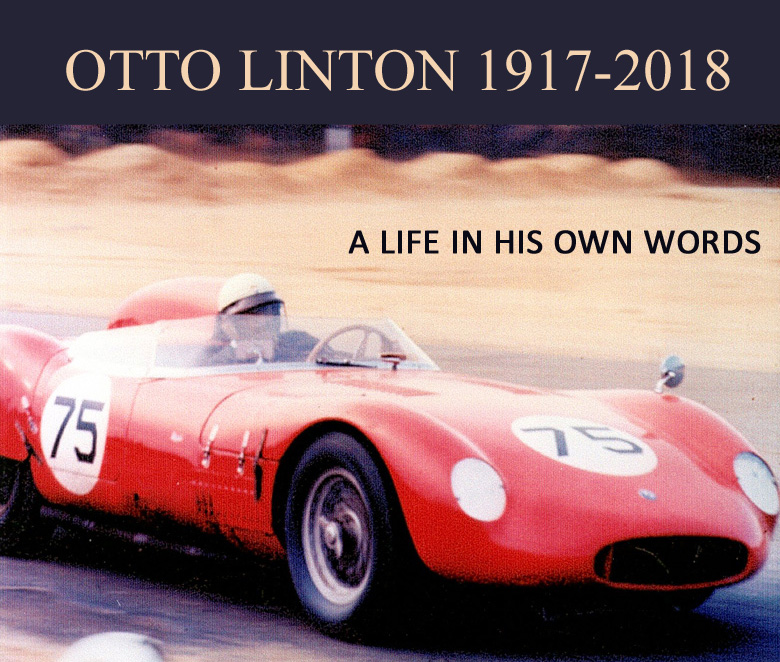
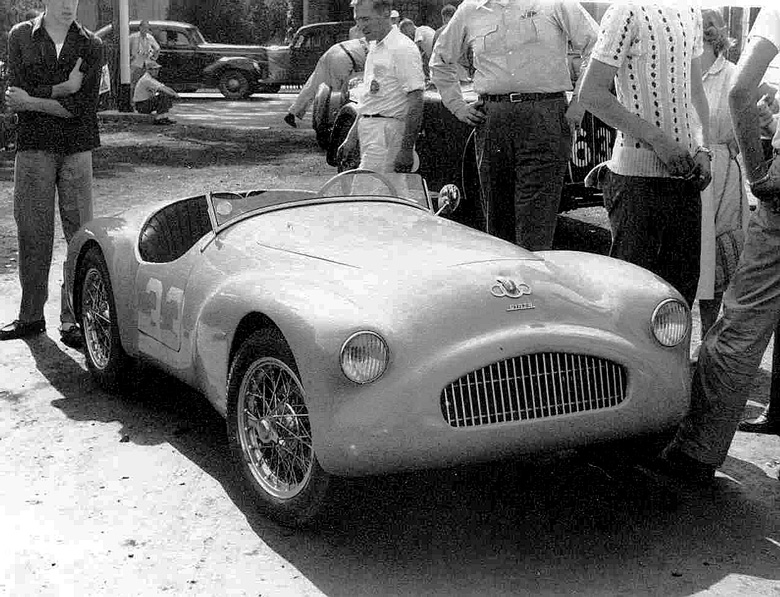
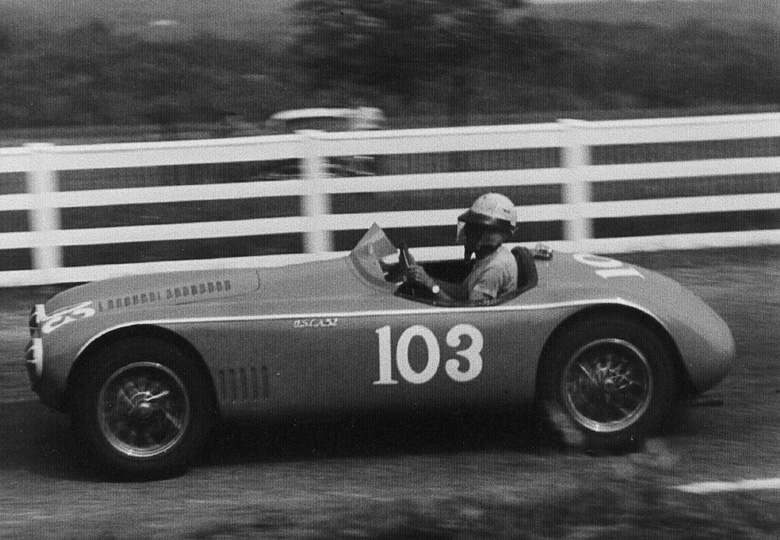
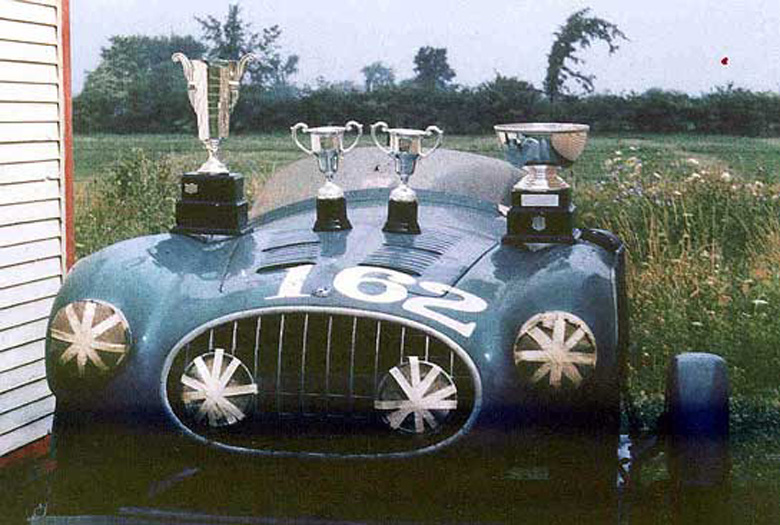
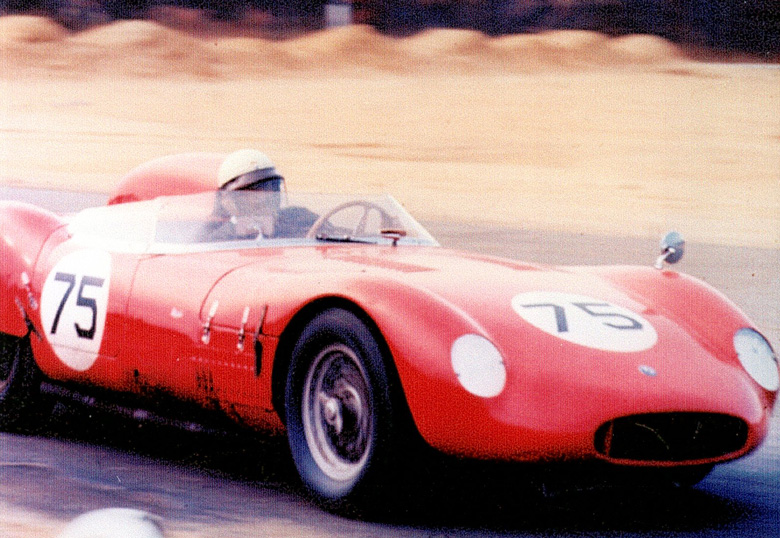
I lived close to Bryn Fan Tyddyn and saw Otto Linton win his races there. He had to work hard for his victories – I especially remember a hard fought race in which Duncan Black ( Lester MG) trailed Otto by what seemed 3 feet for 13 0f the 15 laps until something failed on Black’s car. By the way, the 2 liter Ferrari which was “slightly faster” than Otto’s OSCA was driven by Carroll Shelby who the previous day had set a new record for the Giant’s Despair Hill Climb in a Ferrari GP car.
Pete
There are tie-ins to my own car in this and it is just amazing to read. I met Otto in town at the Glen in 2004…though I knew he sold my Siata 300BC new in 1952. He was standing on the curb with his son Roger and said “that car raced at Sebring in 1953.” The only way someone could know that was by the grill, which is smaller than any of the 300s (it was the second made). I asked who he was and that triggered a relationship that lasted to his death. But ther are other ties as well.
The Crosley powered one-off Siata pictured was the tube-framed factory “prototype” for the 300BC…though the production model had a different (and IMO more attractive) body and used an Amica center section rather than being tube framed due to problems with welding small tubes in a production run (now where was THAT heard again a few years later?).
My car was also at Bridgehamton in 53, driven by Tom Scatchard, who also co-drove an event with Otto (can’t recall at the moment if it was the Glen or Sebring).
Otto sold his Amilcar to Chris Leydon. Chris at one time owned my car, with the intention of restoring it, before selling it to ernie Mendicki to bring to California to restore for and with Mike Cotsworth. But it went from Mike to Dick Peterson and then to me before I got it back where it belonged, on the race track, in the early 1980s.
There’s more, such as the help Otto provided in nhelping me learn more details about the history of my ST402. He was someone I was and am proud to call a friend, and for whom I have the greatest respect.
I was looking for a source of parts for a 1943 Bertone bodied 6C2500SS coupe I’d found in a dusty corner of a small garage in Aigle, Switzerlandand in 1966 and had shipped home to Harvard, MA after driving it throughout Europe. Oscar Feldman, the service manager at Gaston Andrey Alfa Romeo in Framingham, MA told me about a garage in Exton, PA that might help. I only needed a few parts but was told that I’d be charged so much for the few things I wanted that I’d be better off taking all the parts. I towed a uHaul trailer behind my mother’s 1966 Mustang and that was when I met Otto Linton who told me he was moving his dealership and it would be too much trouble to inventory the Alfa parts so we agreed on a price for them all. Many of the parts had the Griswold name on their tags. There was everything from marina conversion manifolds for the 6C engine to printing blocks to be used in newspaper ads along with many jars and boxes full of interesting bits. I owned that car for many years but never having the wherewithal to properly restore it ended up selling it to one Raoul San Giorgi. It ended up in the capable hands of Corrado Lopresto whose restoration of the car results in winning the Coppa D’Oro at Villa D’este (sp?). I’ll not forget the day spent with Otto Linton loading those parts and hearing some of the stories they reminded him of.